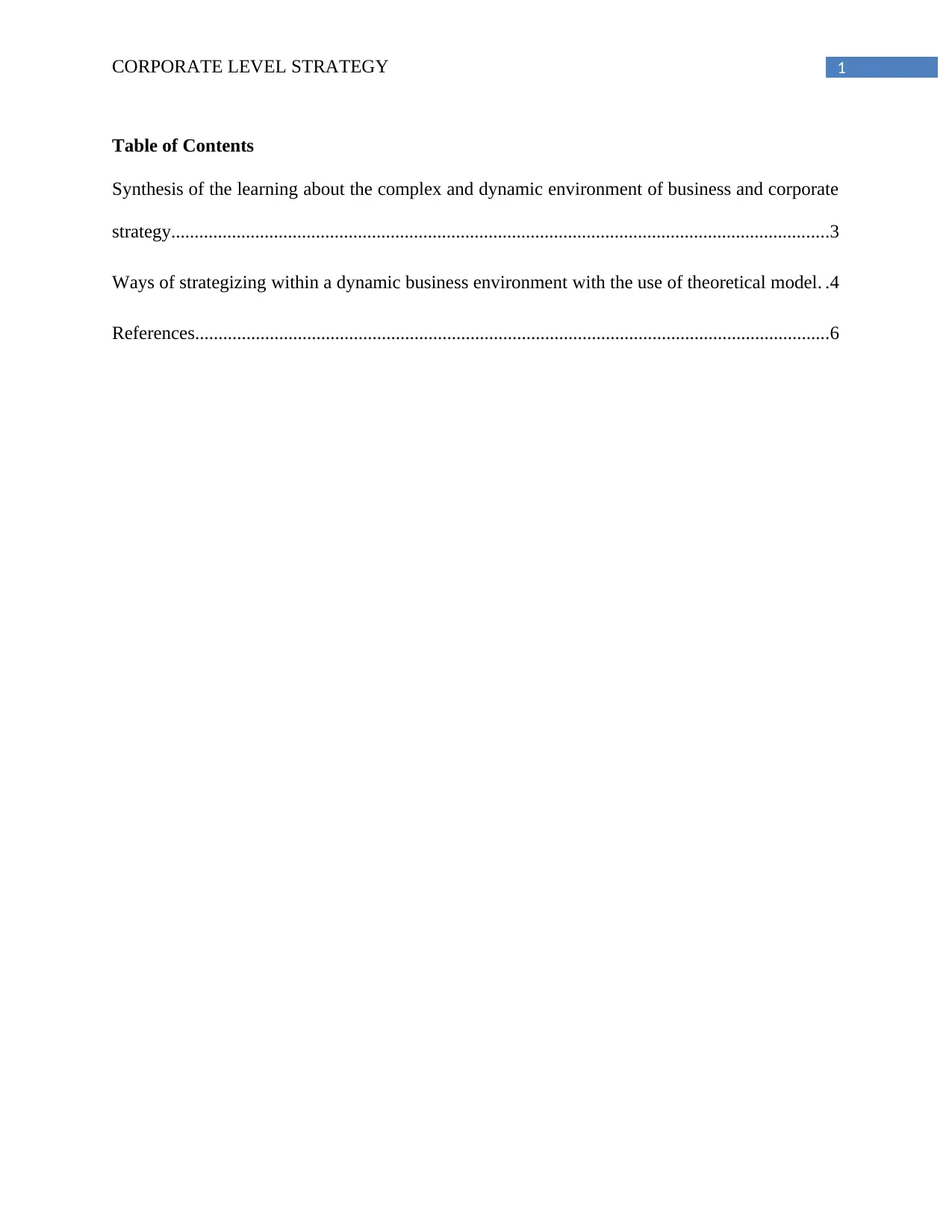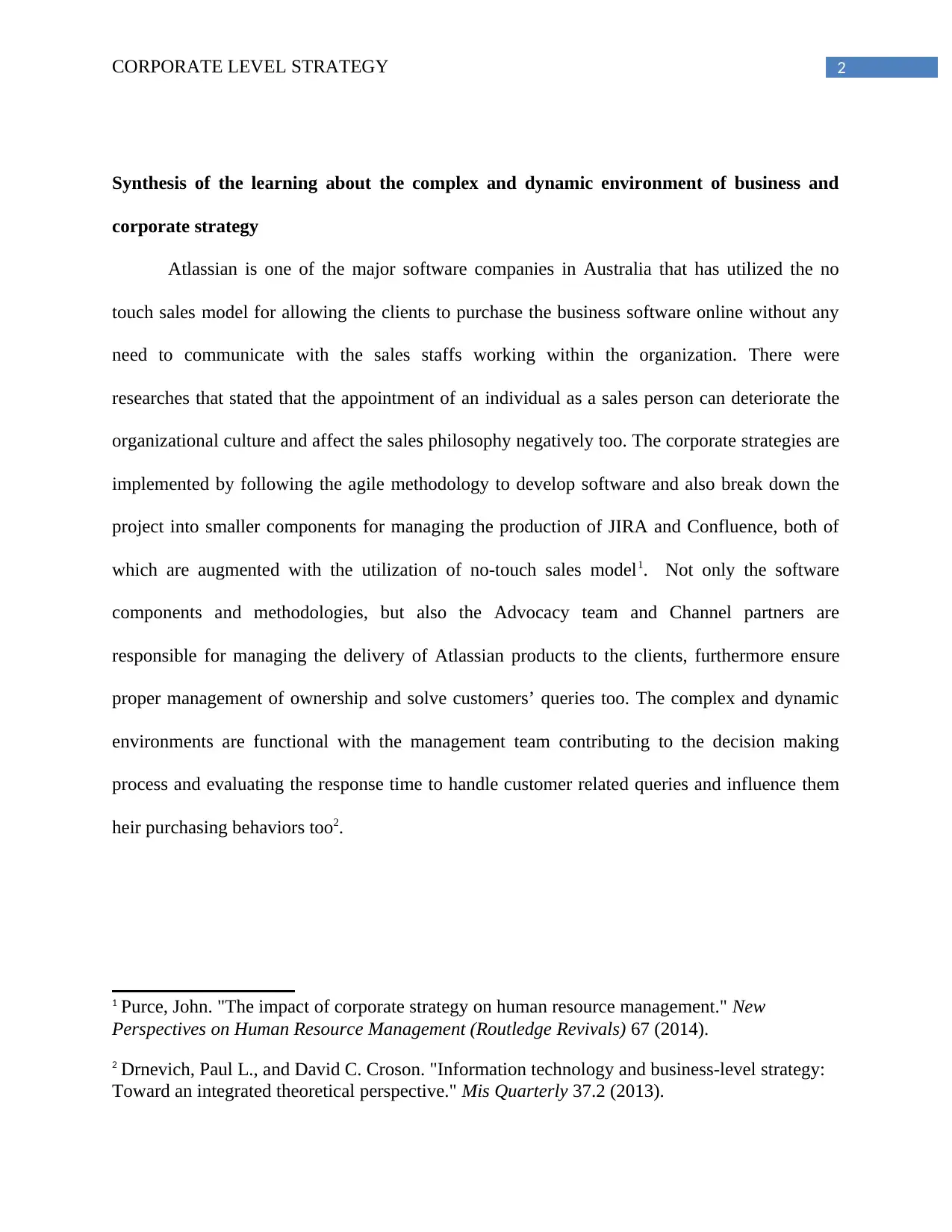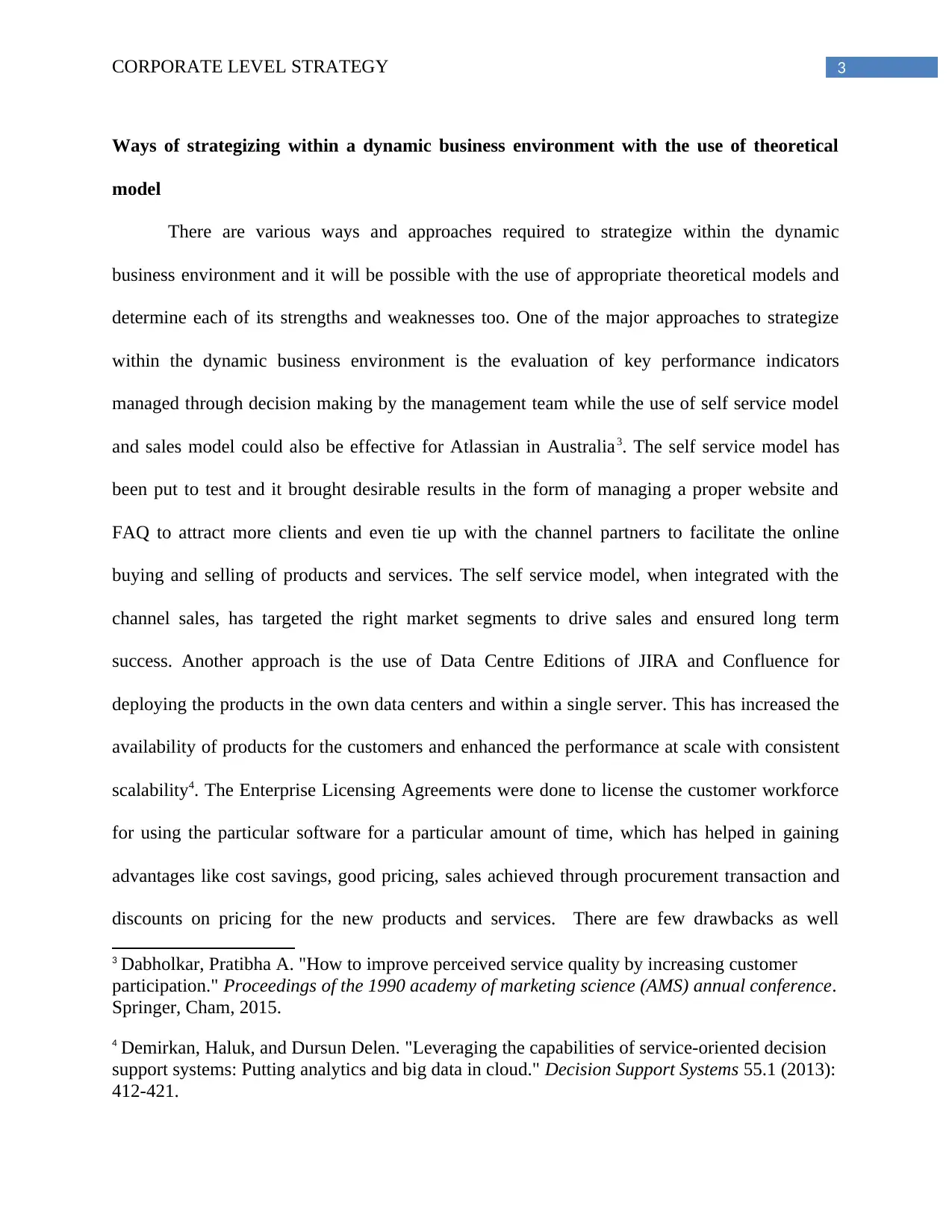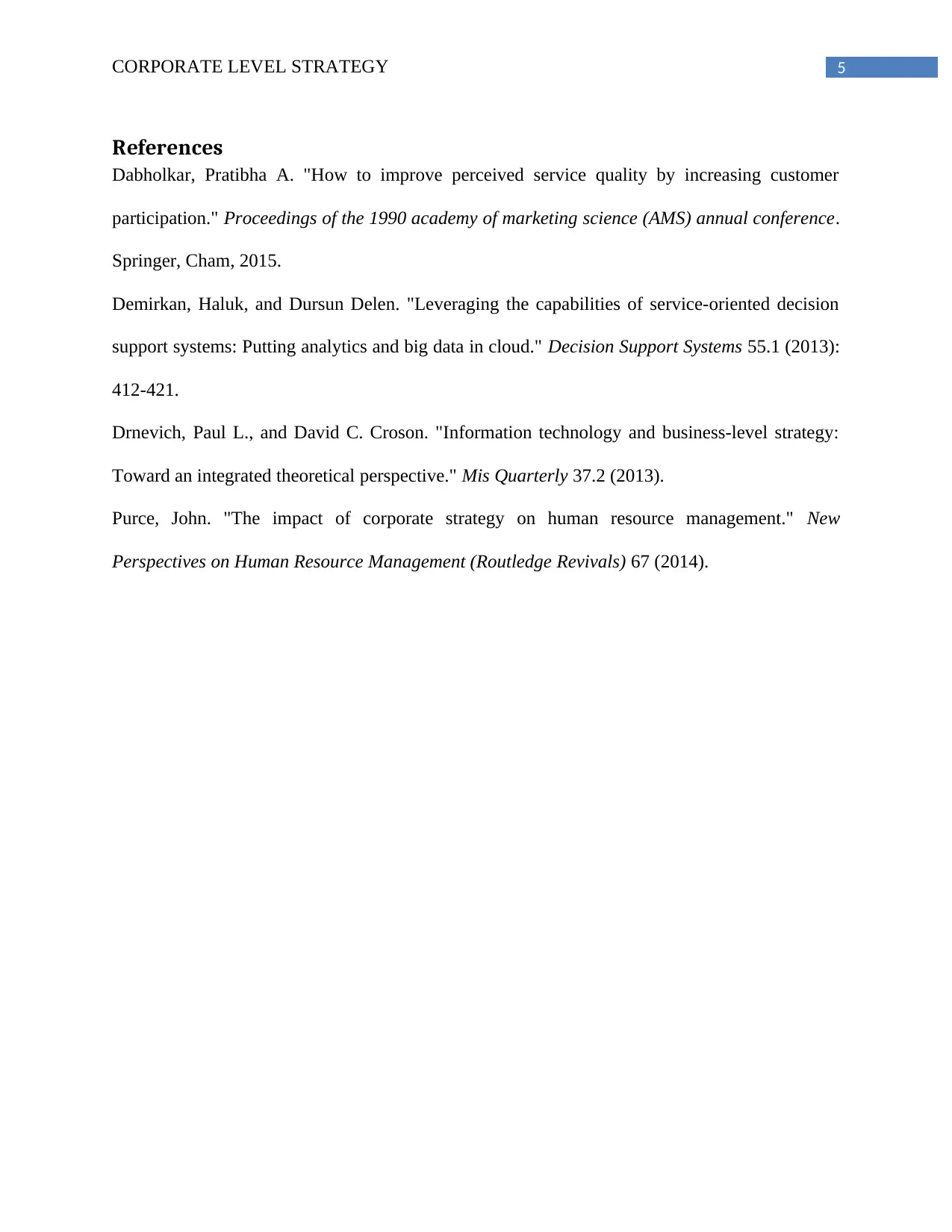Atlassian Case Study: Business Strategy and Dynamic Environment
VerifiedAdded on 2023/06/03
|6
|868
|496
Case Study
AI Summary
This case study examines Atlassian's corporate-level strategy, focusing on its unique 'no-touch' sales model and how it navigates the complex and dynamic business environment. It synthesizes the learning about Atlassian's approach to business and corporate strategy, highlighting the use of agile methodologies and the importance of key performance indicators. The analysis explores various ways of strategizing within a dynamic business environment, including the evaluation of self-service and sales models, the deployment of Data Centre Editions of JIRA and Confluence, and the use of Enterprise Licensing Agreements. Strengths and weaknesses associated with these approaches are discussed, including the benefits of cost savings and scalability versus the drawbacks of security concerns and customer acquisition challenges. The case emphasizes the role of the management team in decision-making and responsiveness to customer needs, demonstrating how Atlassian adapts its strategies to maintain a competitive edge.
1 out of 6













![[object Object]](/_next/static/media/star-bottom.7253800d.svg)